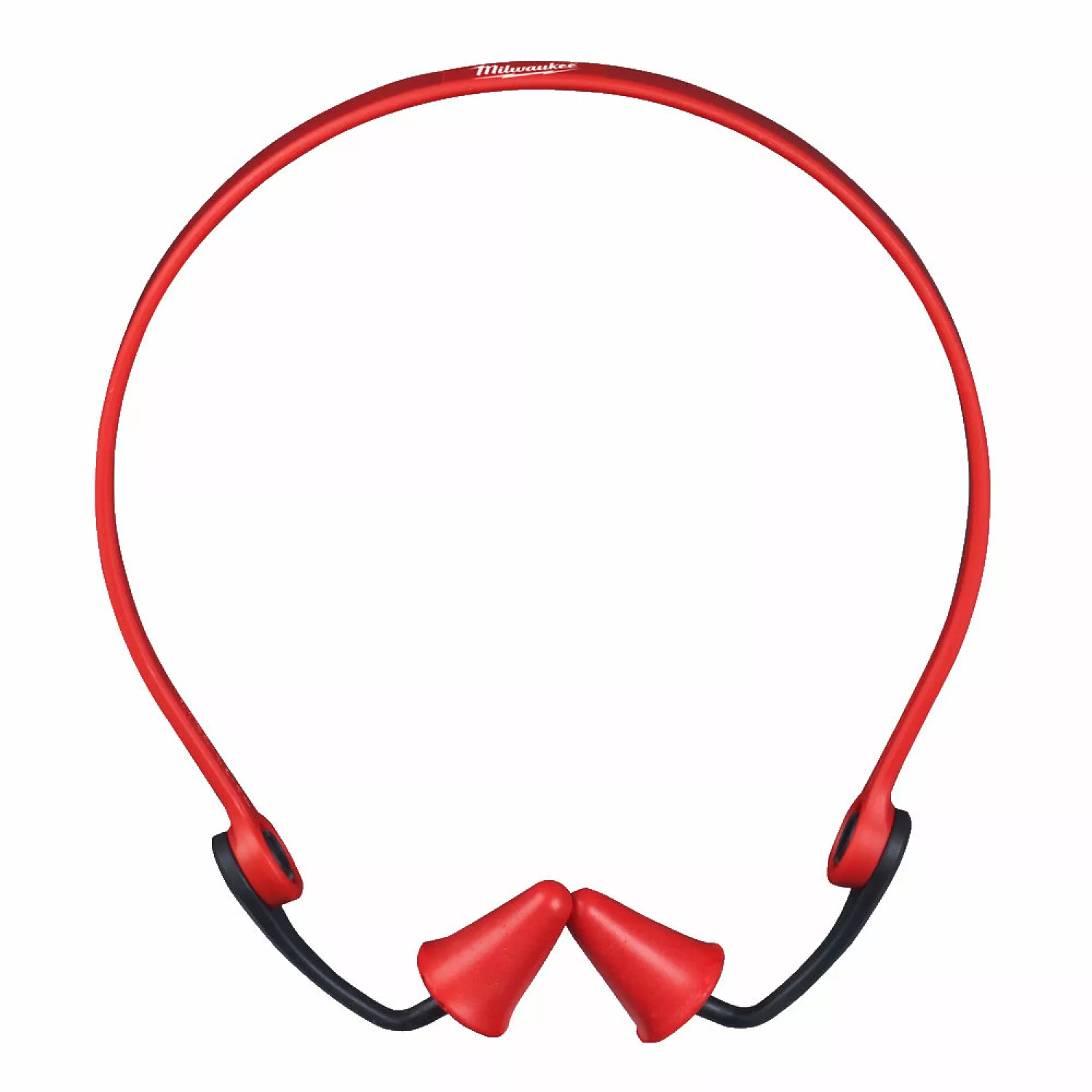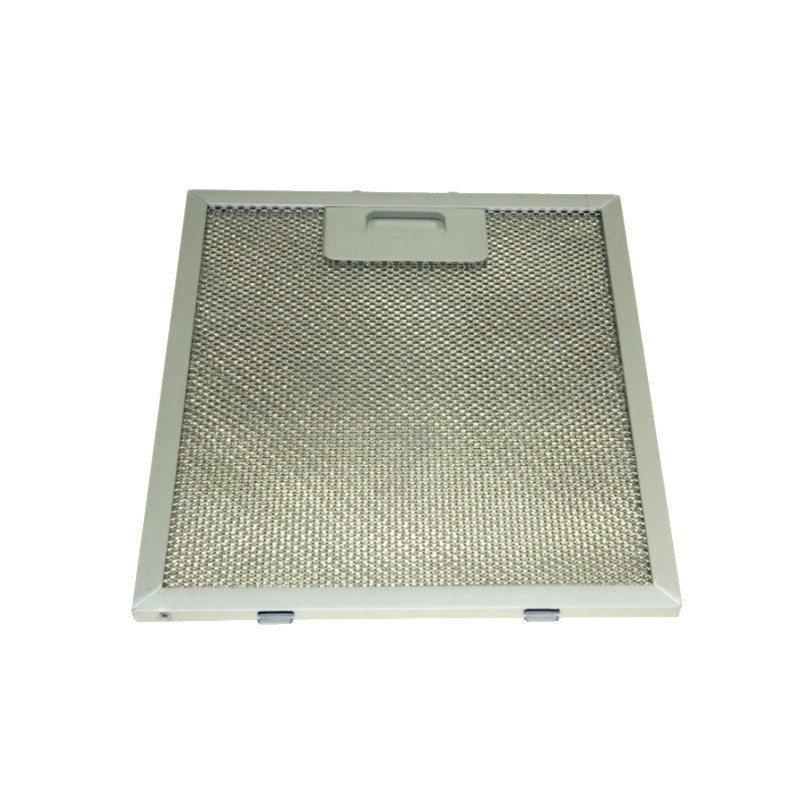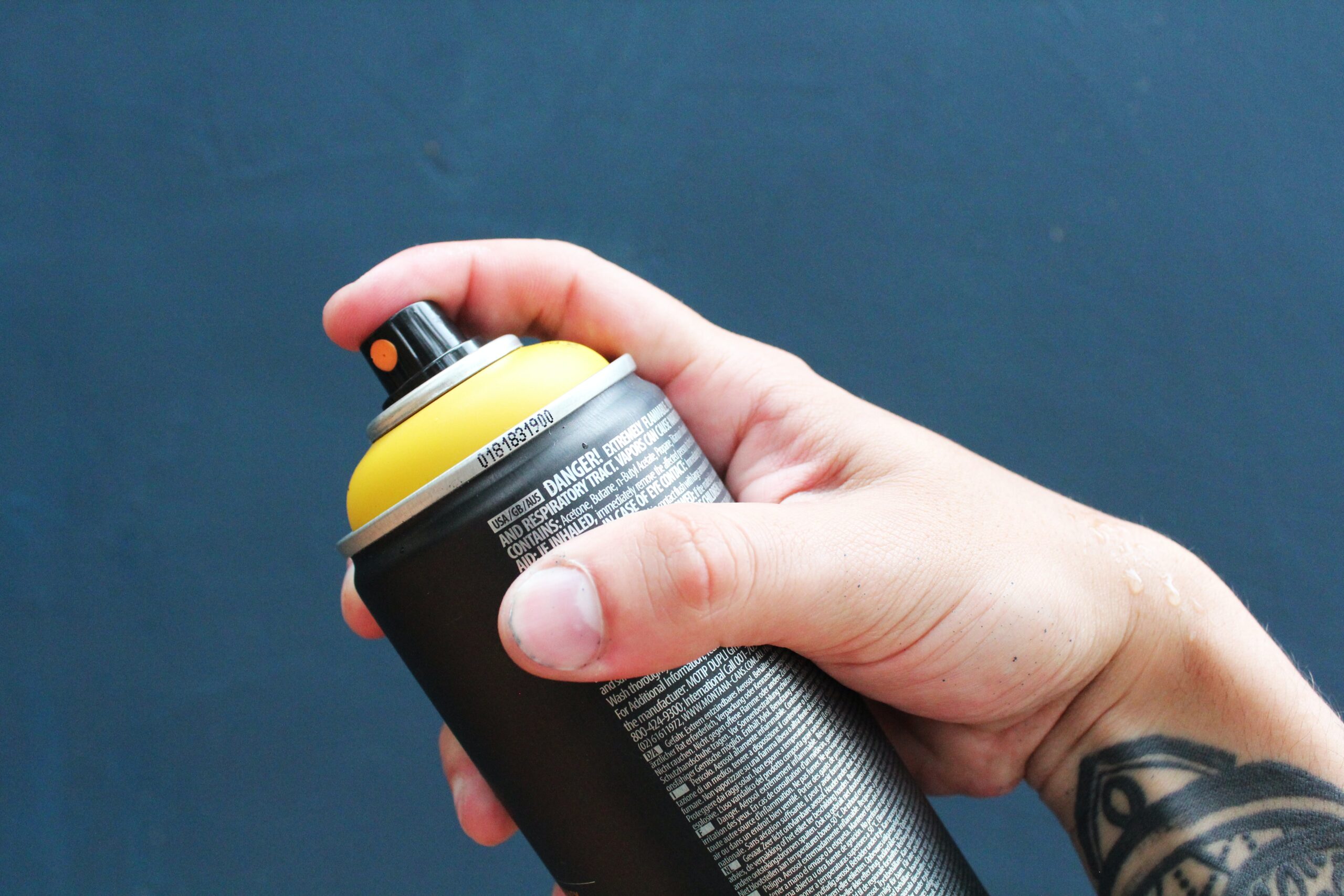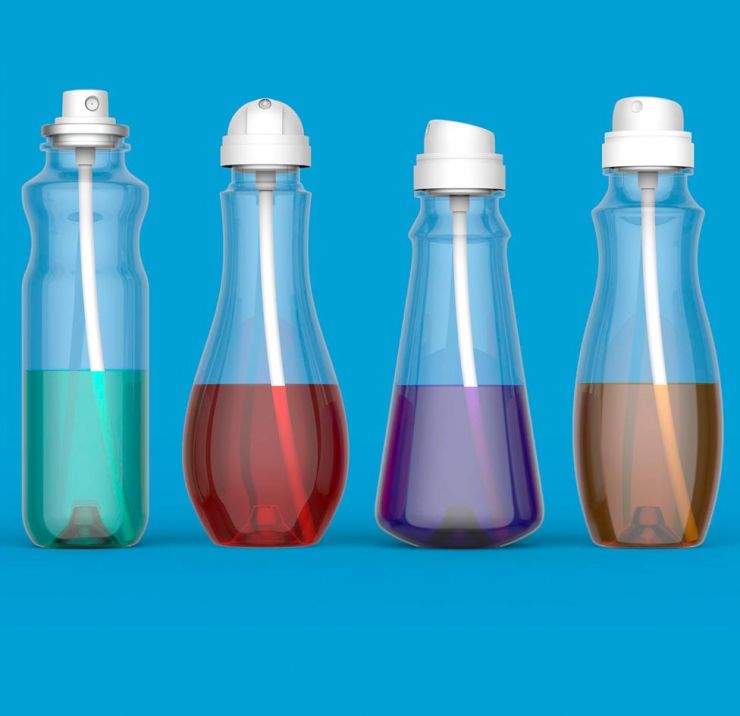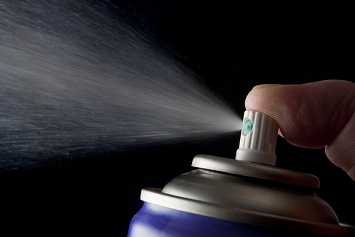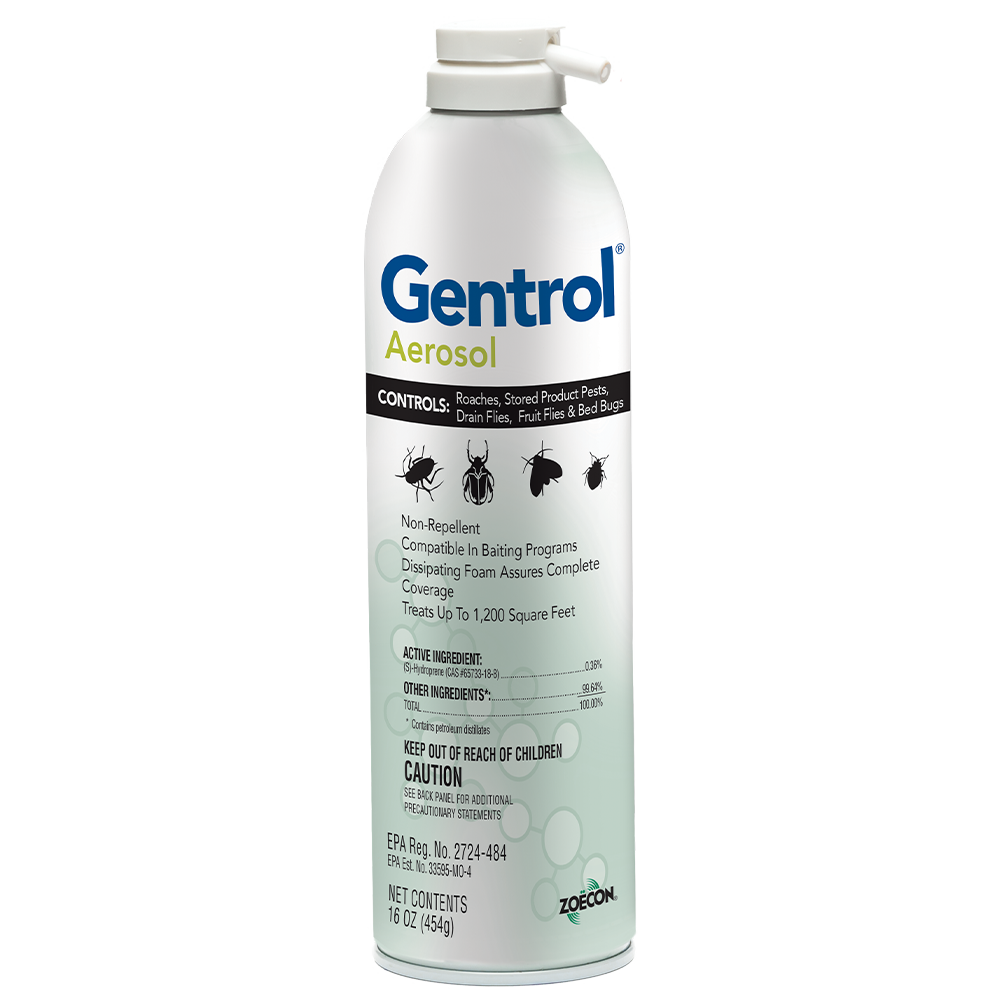Aerosol Can Global Health NOW
4.6 (221) · € 33.99 · En Stock
Patented in 1943 by U.S. Department of Agriculture researchers, the aerosol spray can as we know it today made its debut in World War II when it was used as a container for insect repellant. By the 1970s, aerosol cans contained everything from hairspray to whipped cream substitutes. However, scientists discovered that the chemicals that powered the spray, called chlorofluorocarbons, or CFCs, were depleting the Earth's ozone layer.
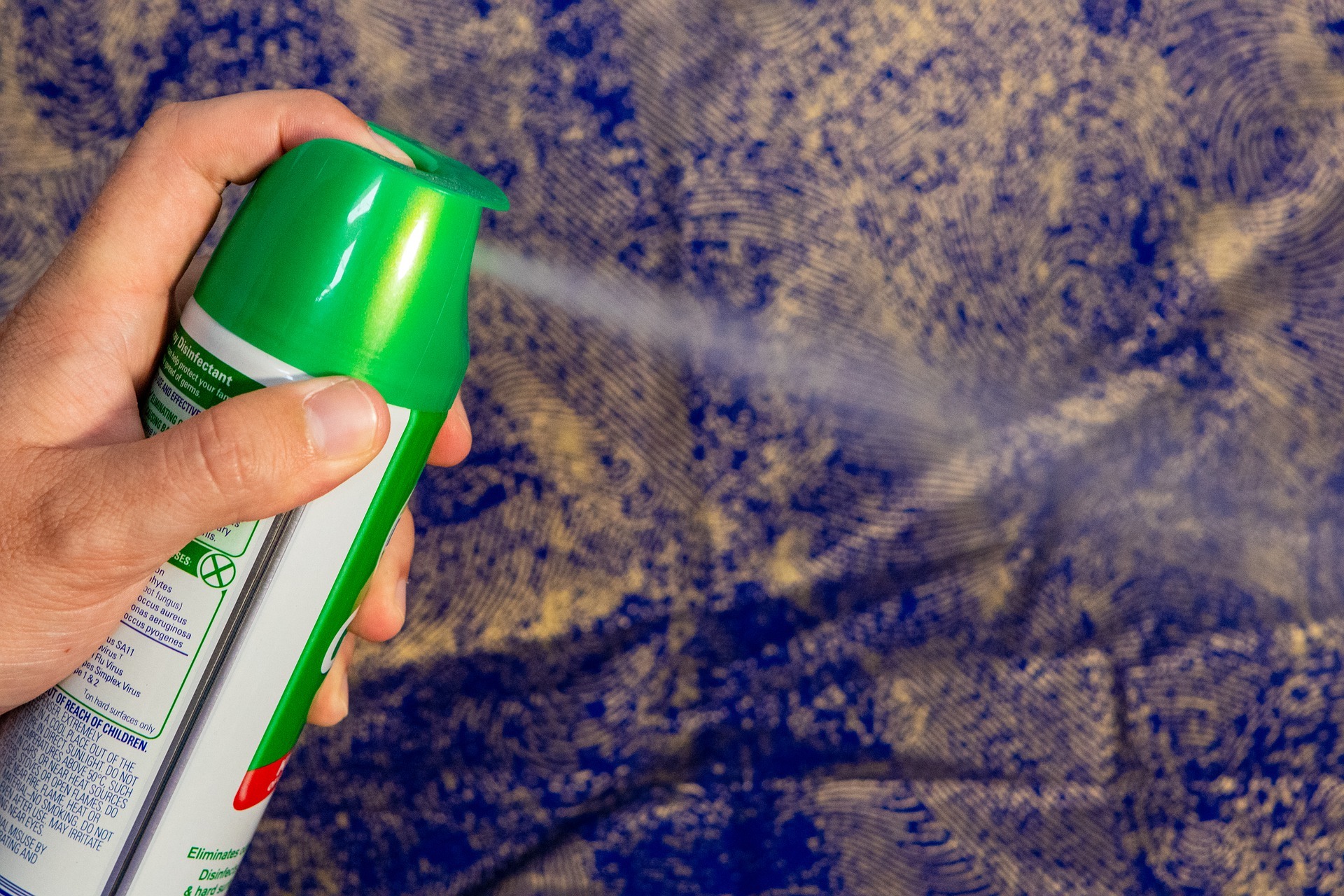
Aerosol Spray Environmental Effects - Signature Filling Company

Aerosols and their Relation to Global Climate and Climate Sensitivity

Global Health and Climate Effects of Organic Aerosols from Different Sources

Aerosol experts provide an account of the rejection of aerosol science by the WHO

History NASA Science – Climate Change: Vital Signs of the Planet

Livia Global, Inc

The Rate of Global Warming During Next 25 Years Could Be Double What it Was in the Previous 50, a Renowned Climate Scientist Warns - Inside Climate News

Aerosol demasking enhances climate warming over South Asia

Aerosol Propellants Market Size and Share

Particle sizes of infectious aerosols: implications for infection control - The Lancet Respiratory Medicine

Aerosols—facts and information
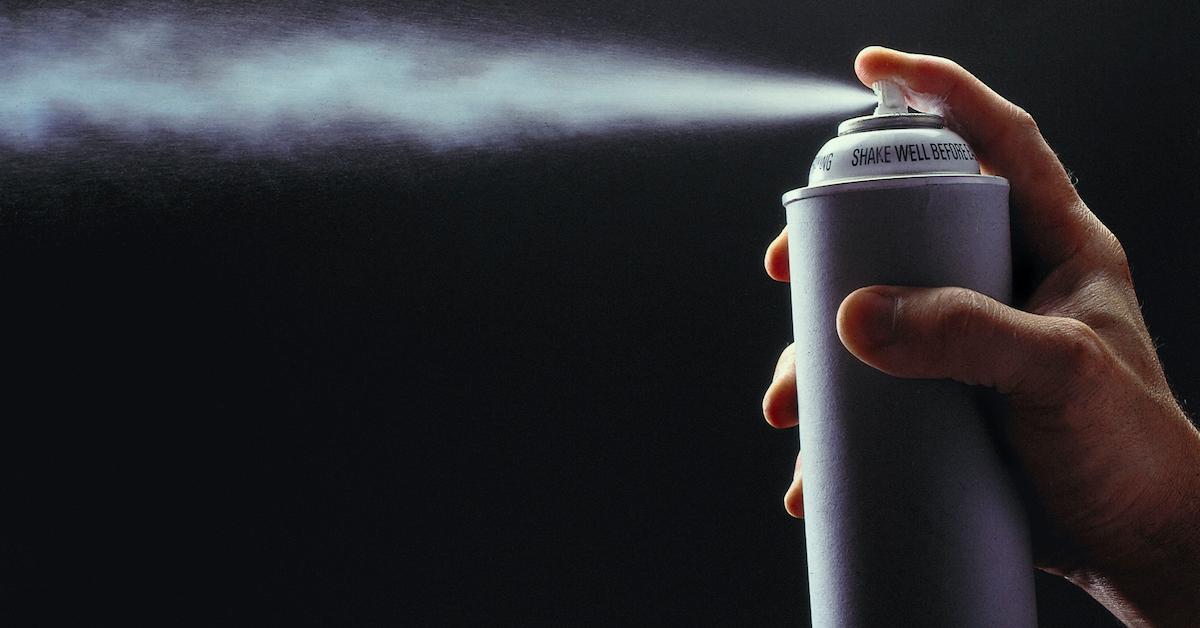
Why Are Aerosols Dangerous? More On the Notorious Pollutants

Frontiers Editorial: Climate Change, Aerosol Pollution and Public Health Risk in an Urban Context


